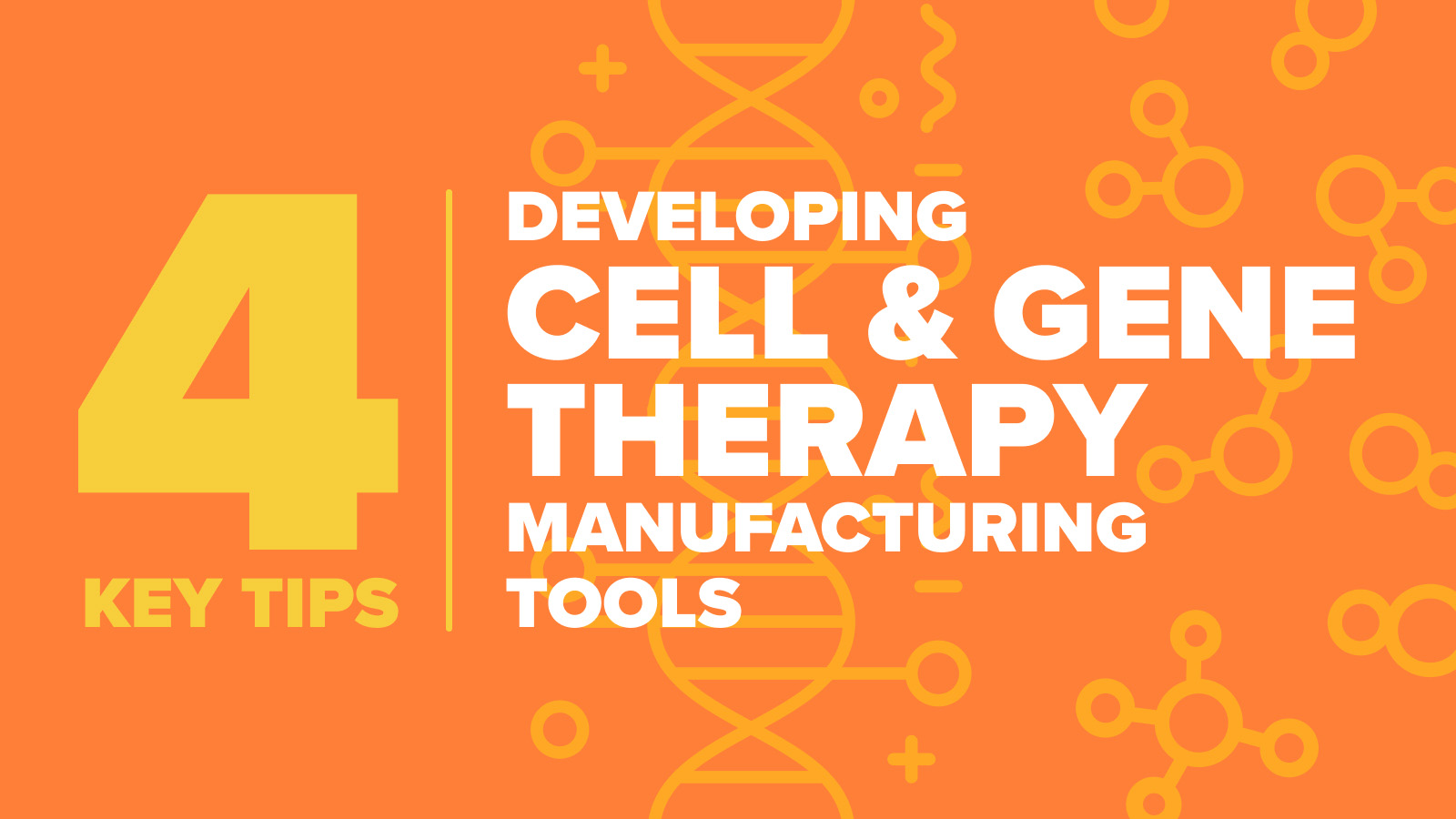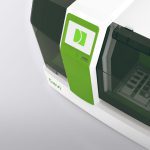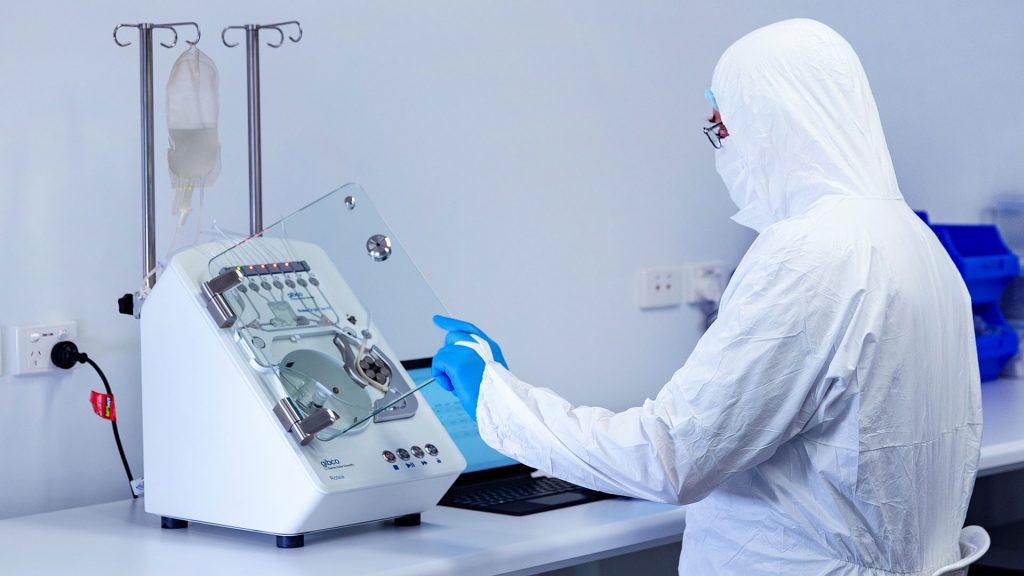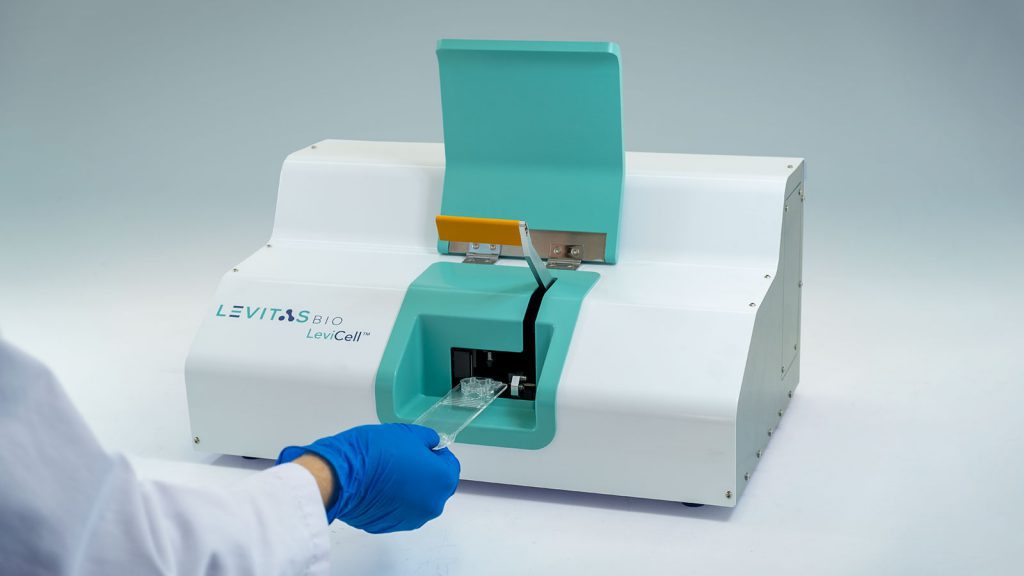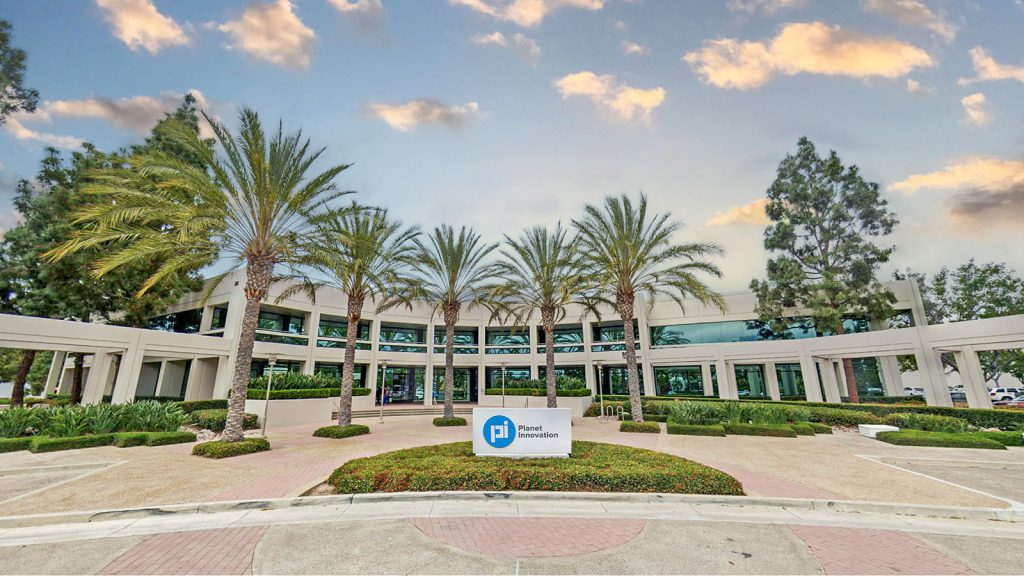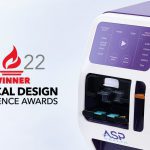
Developing an instrument that automates the manufacturing of cell and gene therapies is no simple task. Building one that attracts funding, gets to market and operates reliably is even harder. However, time and time again I meet founders who are so excited by their core tech (be that a new means of cell selection or a new washing process), that they are convinced their users will love it no matter what. However, the core tech, while critical, is only a small part of the overall development. There is so much more that determines the success of your product.
Having spent a large part of my career in this sector working with companies that have both failed and thrived at industrializing and commercializing their tech, I have four key tips for success. Focusing on these areas will avoid overly long and costly developments, help you get the funding you need to finance your development, and ensure that when your instrument is finally in market, cell therapy manufacturers will actually want to buy and use it.
1. Don’t make assumptions – Validate your idea before you start development
To be successful, every product needs to solve a problem for users. As a tools provider for cell and gene therapy manufacturing, your core tech should be solving a pain point for your end user – usually by improving a particular step in the manufacturing workflow. For example, a better washing solution or cell expansion solution. At the outset, you need to identify the problem and how your tool will solve this problem. Don’t make assumptions. Get out and talk to your target customers about their pain points so you can validate that you are solving a real problem. Test early concept ideas with them to identify what features are (and are not) valuable to them. Carrying out this research at the beginning could save a lot of time and wasted effort down the track. It will help ensure your product vision is truly valuable to your customers. Once you have this product vision, you need to stay focused.
2. Stay focused – Reduce cost and risk by keeping your scope focused on the core problem
As you start to develop your product, there is often a temptation to begin to look to other steps in the workflow your instrument could take on. Expanding your scope adds complexity, which means a riskier and more costly development. It also means you may spend less effort on the part that is truly valuable to your customers, and delay getting that valuable part into the hands of users. Platform tech that can do “everything” or even “many things” often has a hard time with market adoption as the end user cannot see value for their specific pain point. A more complex product also means a product that is more expensive and difficult to manufacture. Unless you’re cashed up and in no hurry, the best path forward is almost always to get a minimal viable product (MVP) into the market as quickly as possible. Don’t be misled into thinking that an MVP means launching an inferior product. It simply means launching the simplest usable product into market that allows you to learn valuable lessons, prior to developing any subsequent, more enhanced product versions. If you don’t do that you’re diluting your effort, time and money.
That is not to say you’ll never add more functionality. You need a product roadmap where you can plan subsequent updates and additional features as appropriate. Also, when you have something in market with end users, you will get more insight into what additional functionality your customers actually want. It is a chance to align your product roadmap with the customer voice that has been validated in the real world.
3. Integration – Understand your users’ whole workflow, including up and downstream instruments
No matter how great your product is, if it does not fit in with your users’ workflow, they won’t use it. This is why when designing your product, you need to have a thorough understanding of your users’ workflow. For example, if your target segment is autologous CAR-T, that process has particular steps (see diagram below). Providing you follow the advice above, you will be creating a product for one step in that process. However, you need to know what products are being used in all the other steps, so your product can integrate into the overall workflow.
You need to understand other tools, including disposables, as well as the digital technologies used for data management. If you don’t, your product may not fit in with their workflow and won’t be adopted.
On the physical side, this could be a mismatch of size of tubing connections or having different methods used for sterile transfer of cells or reagents into and out of the system. For example, if the upstream step has an output of cell suspension in a bag, your input should also ideally be cell suspension in a bag, rather than say a tube or syringe. Your users will not want to have to undertake an extra step just to prep cells for your system.
On the digital side, this could be having a data collection system that that can’t connect with other software. The industry has identified that paper batch records will no longer be acceptable, so it is essential that your product not only has digital data capabilities, but that it can interface with other data management systems.
4. Milestones matter – A clear development roadmap with deliverables will help attract funding
For any successful product development, you need to have a development program in place with clear development phases and critical milestones. This is not just effective project management, it is crucial for funding. After the boom in biotech funding in 2021, the market has gone through a recalibration and a valuation readjustment. All funding mechanisms are insisting on robust data sets in all areas of biotech, including cell and gene therapies.
Seed funding is given based on solid proof-of-concept data and a road map with deliverables and milestones. Subsequent rounds of funding increase as development progresses and the product moves from proof-of-concept to a more robust de-risked functional platform. Money is often released in tranches to coincide with key milestone achievements and continuous progress towards commercialization. Testing prototypes with Key Opinion Leaders (KOLs) such as cell and gene therapy developers, is not just essential for feedback and early market interest – it also gives investors confidence that your product will be a success.
Then once you have an MVP, launching it into market early brings in revenue and provides valuable evidence to your investors that allows you to raise money to fund future iterations. I have seen this strategy used very effectively to bring in funding for your business that will enable you to achieve your longer-term goals – whether that’s a listing, trade sale or private operation.
Summary
When developing a cell and gene manufacturing tool, it’s easy to get caught up in your core tech, at the expense of all the other activities you need to focus on to create a commercially successful product. You need to start by identifying and validating the problem your tool is solving, and then stay focused on that problem. Avoid the temptation to expand your instrument’s functionality, and instead focus on getting an MVP to market quickly so you can generate revenue. To do this, you need to ensure you have an excellent understanding of your user’s workflow, including what instruments your product will be interfacing with up and down stream. This is because no matter how good your product is, if it does not fit into their workflow, they won’t want to use it. When it comes to developing and funding the product, a solid plan with achievable milestones and a team able to deliver gives investors confidence. While success is by no means guaranteed, if you focus on these areas, you are giving your cell therapy manufacturing tool the best chance of commercial success.
About PI
PI is a contract development and manufacturing organization experienced in developing and manufacturing instruments and consumables for the cell and gene therapy industry. PI’s end-to-end offering also includes a range of digital solutions and market feasibility services targeted at the cell and gene therapy sector.
Want to learn more? Meet Brian Hanrahan at Meeting on the Mesa in Carlsbad, October 10-12 or get in touch.

